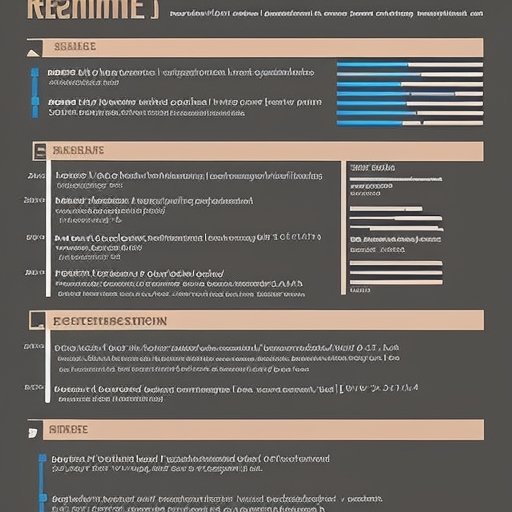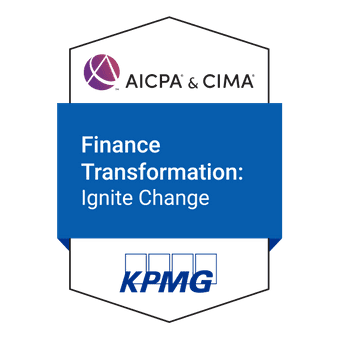Unlock IFRS Secrets: Master Non Monetary assets
What are Non monetary assets under IFRS
In IFRS, the valuation of non-monetary items depends on the context in which they are being measured and the specific standards applicable to those items.
Defining Non-Monetary Assets
Non-monetary items are assets and liabilities that are not cash or cannot be directly converted into a fixed amount of cash. Their value is not expressed in terms of a fixed amount of money.
Examples include property, plant and equipment, intangible assets, and inventories. The primary IFRS standards that guide the valuation of non-monetary items include IAS 2 "Inventories," IAS 16 "Property, Plant, and Equipment," IAS 38 "Intangible Assets," and IAS 36 "Impairment of Assets.
Recognition and Measurement: How are Non-monetary assets are valued at
Here's how non-monetary items are valued under these standards:
IAS 2 Inventories
Inventories are initially measured at cost, including purchase, conversion, and other costs incurred in bringing them to their present location and condition. Subsequently, they are measured at lower cost and net realisable value (NRV).
IAS 16 Property, Plant, and Equipment
Property, plant, and equipment are initially measured at cost. After initial recognition, entities can choose either the cost model or the revaluation model as their accounting policy:
- Cost Model: The asset is carried at its cost less than accumulated depreciation and impairment losses.
- Revaluation Model: The asset is carried at a revalued amount, being its fair value at the revaluation date, less any subsequent accumulated depreciation and impairment losses. Revaluations should be made regularly to ensure that the carrying amount does not differ materially from that, which will be determined using fair value at the balance sheet date.
IAS 38 Intangible Assets
Intangible assets are initially recorded at cost. Subsequently, like property, plant, and equipment, intangible assets can be carried out using either the cost model or the revaluation model, subject to the same conditions.
IAS 36 Impairment of Assets
IAS 36 requires that an entity assess at each reporting date whether there is any indication that an asset may be impaired (its carrying amount may be higher than its recoverable amount). The recoverable amount is the higher an asset's fair value, the fewer costs to sell, and the lower its value in use. Suppose the carrying amount exceeds the recoverable amount. In that case, the asset is considered impaired and must be written down to its recoverable amount.
These standards ensure that non-monetary items are measured and reported to reflect their current economic value to the entity, providing helpful information to financial statement users.
Recognition and Measurement: How is the Exchange of non-monetary assets valued at
The Exchange of non-monetary assets is covered under IFRS primarily by IAS 16 "Property, Plant and Equipment" and IAS 38 "Intangible Assets". The accounting for such exchanges focuses on the fair value of the assets exchanged and the recognition of any gain or loss resulting from the transaction. Here's an overview of how these exchanges are accounted for:
Recognition of the Asset Acquired
The principle is that an asset acquired in an exchange of non-monetary assets should be measured at fair value unless:
- The exchange transaction lacks commercial substance; or
- The fair value of neither the asset received nor the asset given up is reliably measurable.
If either of these exceptions applies, the asset's cost is measured at the carrying amount of the asset given up.
Determining Commercial Substance
An exchange transaction has commercial substance if:
- The configuration (risk, timing, amount) of the cash flows of the asset received differs from the configuration of the cash flows of the asset transferred or
- The entity-specific value of the portion of the entity's operations affected by the transaction changes as a result of the Exchange and
- The difference in (1) or (2) is significant relative to the fair value of the assets exchanged.
When an exchange has commercial substance, it is assumed that the fair values of the assets exchanged can be measured reliably, and the transaction should be accounted for at fair value.
Measurement at Fair Value
When the Exchange has commercial substance, the asset received is measured at its fair value unless reliably measurable. Suppose the fair value of the asset received is not reliably measurable. In that case, its cost is measured at the carrying amount of the asset given up.
Recognition of Gain or Loss
A gain or loss arising from exchanging non-monetary assets is recognised in profit or loss based on the fair values of the assets involved. The gain or loss is the difference between the fair value of the asset received and the carrying amount of the asset given up, including any accumulated depreciation and impairment losses.
Example
Suppose a company exchanges an old machine (Machine A) with a carrying amount of $10,000 (and a fair value of $15,000) for a new machine (Machine B) with a fair value of $20,000. The company also pays $5,000 in cash as part of the Exchange.
The accounting entries would be as follows:
- Debit "Machine B" (new machine) at its fair value of $20,000.
- Credit "Machine A" (old machine) at its carrying amount of $10,000.
- Credit "Cash" at $5,000.
- Recognise a gain of $5,000 (the difference between the fair value of the asset received $20,000 and the sum of the carrying amount of the asset given up $10,000 plus cash $5,000) in profit or loss.
This treatment ensures that the Exchange is accounted for at the fair value of the assets involved, reflecting the economic substance of the transaction and providing relevant information to users of the financial statements.
Closing comments
The accounting for the Exchange of non-monetary assets under IFRS, primarily through IAS 16 "Property, Plant and Equipment" and IAS 38 "Intangible Assets," illustrates the importance of recognising and measuring these transactions at fair value, provided they have commercial substance. This ensures that the financial statements accurately reflect the economic impact of these exchanges on the entity's financial position and performance. The recognition of gains or losses arising from such transactions further enhances the transparency and relevance of the financial information provided to users.
Dive into the intricacies of IFRS and its treatment of non-monetary asset exchanges with eduyush.com. Whether you're aiming for the Diploma in IFRS or the AICPA IFRS Certification, this platform offers the resources you need to excel. Perfect for students and professionals alike, enhance your understanding and stand out in the world of accounting.
From the blog
View allOther popular blogs
Follow these links to help you prepare for the ACCA exams
Follow these blogs to stay updated on IFRS
Use these formats for day to day operations
- Account closure format
- Insurance claim letter format
- Transfer certification application format
- Resignation acceptance letter format
- School leaving certificate format
- Letter of experience insurance
- Insurance cancellation letter format
- format for Thank you email after an interview
- application for teaching job
- ACCA PER examples
- Leave application for office
- Marketing manager cover letter
- Nursing job cover letter
- Leave letter to class teacher
- leave letter in hindi for fever
- Leave letter for stomach pain
- Leave application in hindi
- Relieving letter format
Link for blogs for various interview questions with answers
- Strategic interview questions
- Accounts payable interview questions
- IFRS interview questions
- CA Articleship interview questions
- AML and KYC interview questions
- Accounts receivable interview questions
- GST interview questions
- ESG Interview questions
- IFRS 17 interview questions
- Concentric Advisors interview questions
- Questions to ask at the end of an interview
- Business Analyst interview questions
- Interview outfits for women
- Why should we hire you question
Popular blogs
Leave application format
Crafting the perfect leave application for any scenario, from personal emergencies to medical leaves, often presents a challenge. To simplify this task, we've assembled an extensive index of leave application formats designed for various circumstances. Our collection is aimed at enhancing the clarity and professionalism of your leave requests. Dive into our index to discover the template that aligns with your specific needs, facilitating a smoother leave application journey.
List of Leave application formats
- Leave application for office
- Leave application for school
- Leave application for sick leave
- Leave application for marriage
- leave application for personal reasons
- Maternity leave application
- Leave application for sister marriage
- Casual leave application
- Leave application for 2 days
- Leave application for urgent work
- Application for sick leave to school
- One day leave application
- Half day leave application
- Leave application for fever
- Privilege leave
- Leave letter to school due to stomach pain
- How to write leave letter










Leave a comment